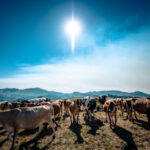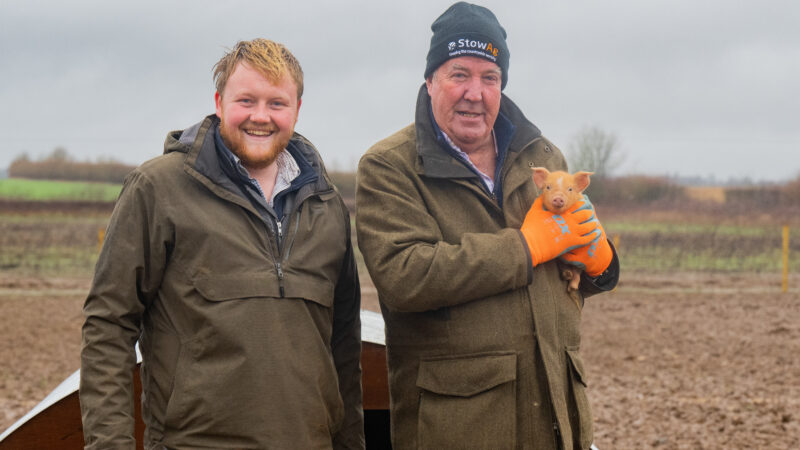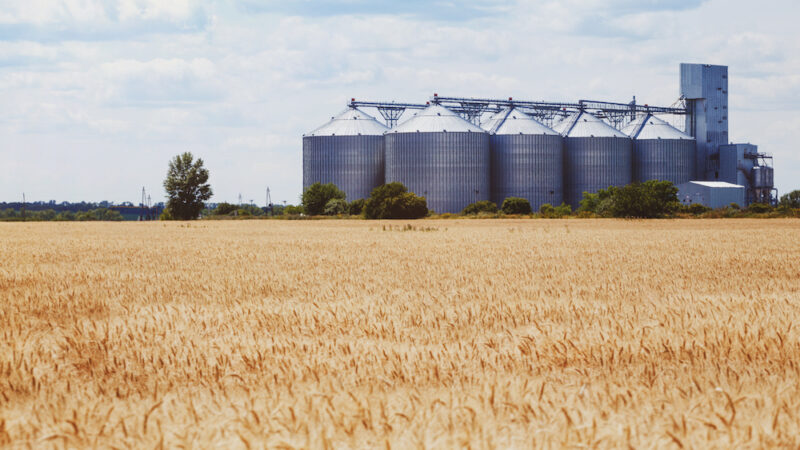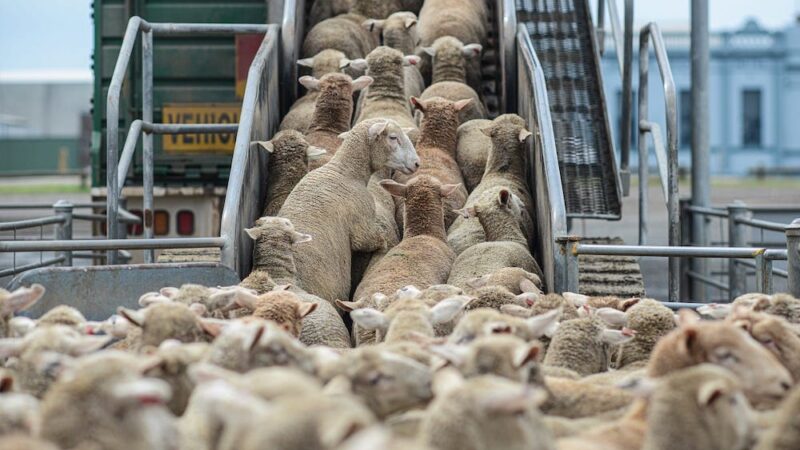Dairy farmers hit by the recent floods have welcomed Woolworths� move to increase the price…
Wet conditions increase blowfly strike risk
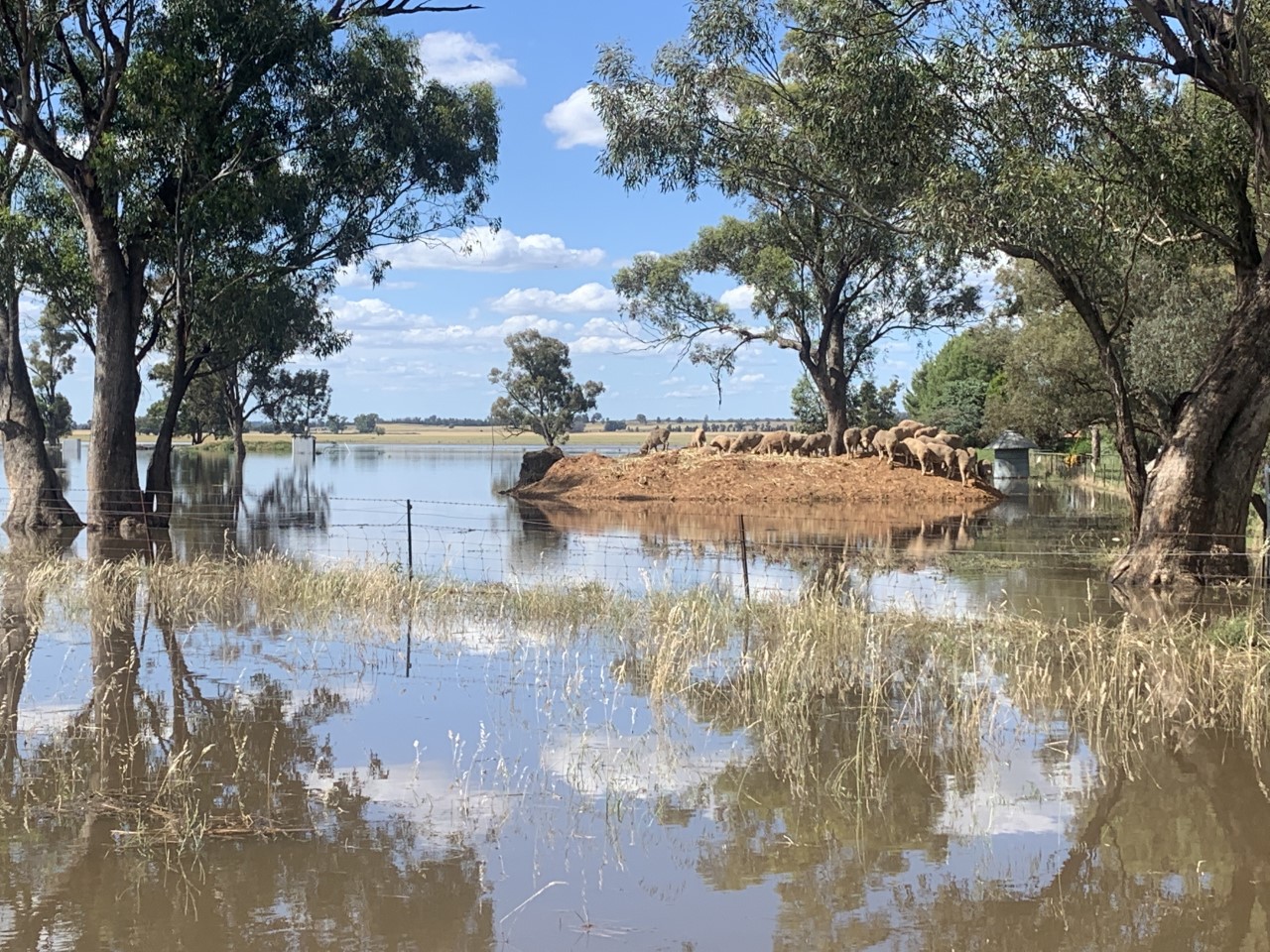
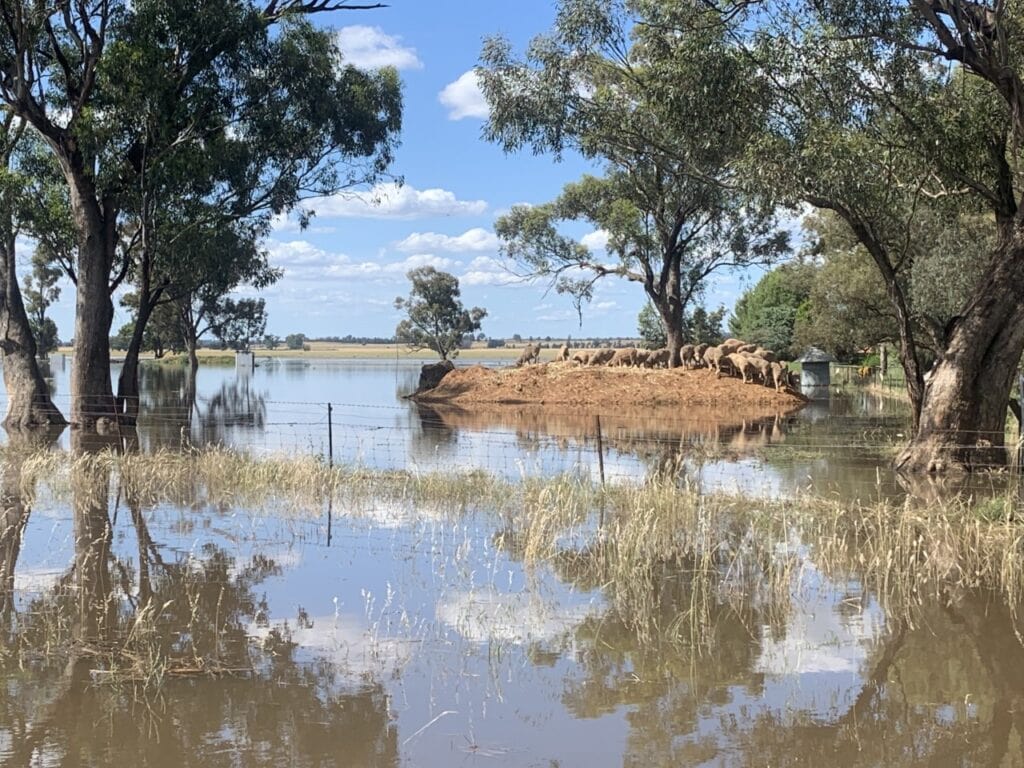
Central West Local Land Services Animal Health experts are cautioning livestock exposed to prolonged wet conditions can be susceptible to a range of health issues and diseases, such as fly strike, lameness and worms.
Central West Local Land Services Veterinarian Dr Jillian Kelly said the best way to identify any signs of ill health is to inspect animals at regular intervals.
�Animals that have been standing in water for more than a day or two are susceptible to severe feet issues that will require intervention,� Dr Kelly said.
Dr Kelly said The blowfly risk to sheep across most of NSW is considered extreme at the moment and treatment and prevention measures need to be taken.
�Sheep need to be checked daily for strike.�
Central West Local Land Services Veterinarian Dr Jillian Kelly
�Struck sheep need to be removed from the mob, have the area shorn with a 5cm clean margin around the wound, treated with an appropriate flystrike dressing, and if severe, given antibiotics and pain relief.
�There are a range of preventative options, including shearing and crutching which will give six weeks of fly relief.�
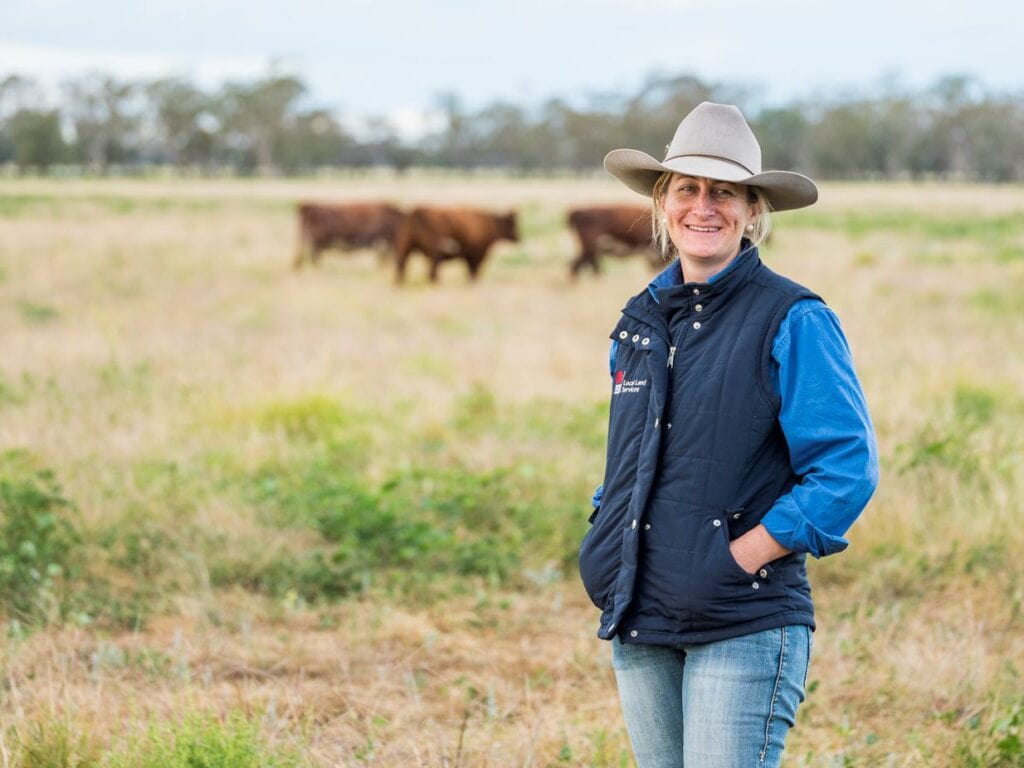
�Chemical options include backliners, jetting and plunge dipping and there are a range of chemicals on the market with varying lengths of prevention.
�There are pros and cons of each of these, and producers are advised to talk to their District Vet or livestock advisor about which is best for their situation.
�We are also on the look out for Buffalo Fly � a really irritant fly which normally inhabits northern Australia, which made an appearance in the district following the 2010-2011 flood event.�
Local Land Services has produced the Caring for livestock in times of flood guide to assist landholders monitor livestock. Download a copy at: lls.nsw.gov.au/help-and-advice/emergency-and-biosecurity/floods/flood-recovery-resources
Landholders impacted by the current flooding event who need urgent advice with evacuation or assistance with emergency care of livestock and companion animals should call Local Land Services on 1300 795 299 to lodge a request for assistance.
Mulesing prevents fly strike
Mulesing must remain as a blowfly strike management tool for wool producers until viable alternatives are available, according to NSW Farmers.
NSW Farmers President James Jackson said the Association�s mulesing policy is focused on protecting the practice to ensure all farmers have access to effective flystrike management techniques and the highest welfare outcomes are achieved.
�Mulesing is critical to the Australia sheep industry without an effective alternative for all farmers,� Mr Jackson said.
Current NSW Farmers’ policy supports the mandating of local anaesthetic or analgesic during mulesing through an industry led initiative
�Our members are concerned by movements in the market to demand non-mulesed wool. This step to support industry driving the mandating of pain relief highlights the need to be actively defending the practice.
�Industry must drive this initiative and explain to the market the positive welfare outcomes that mulesing with pain relief delivers.�
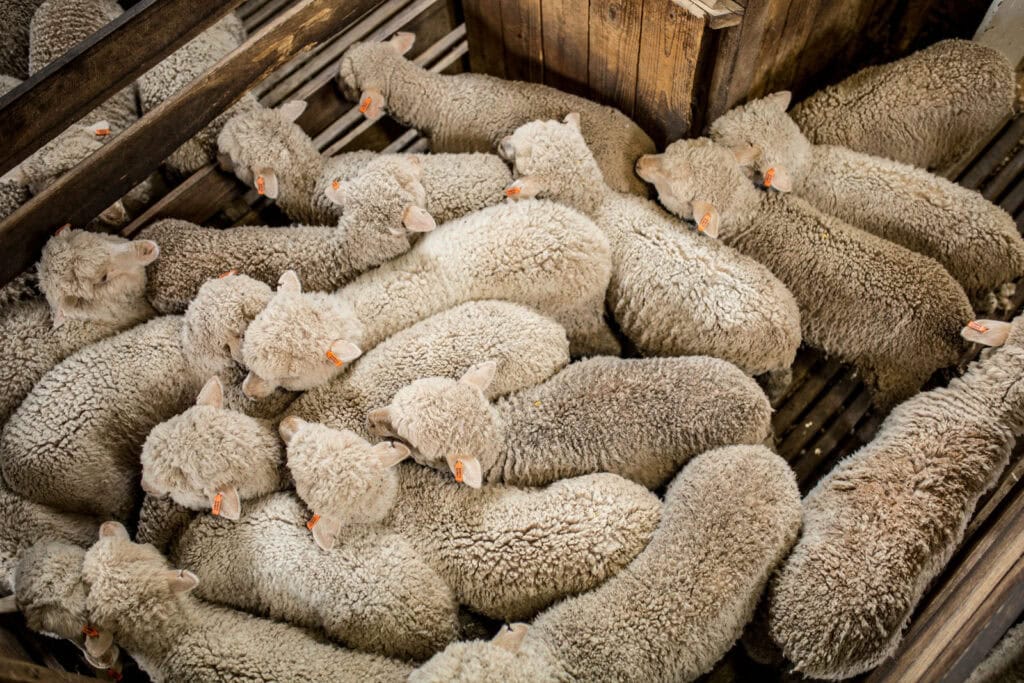
Mr Jackson�s comments come in response to three animal welfare organisations- FOUR PAWS, Humane Society International (HSI) Australia and RSPCA Australia, announcing a partnership this week to work towards an end to mulesing across Australia.
Woolproducers Australia issued in a statement in response supporting the retention of mulesing.
“Australian woolgrowers know that healthy, well cared for sheep are productive sheep, so therefore the lifetime welfare of Australian sheep is the number one priority for all Australian woolgrowers,� the statement said.
�Mulesing is an effective once-for-life procedure that offers lifetime protection against breech flystrike, and when done with pain relief is one of the most effective animal husbandry procedures for delivering the highest standard of animal welfare that can be provided for the duration of the sheep’s life.�
Australia currently produces the largest volume of non-mulesed wool in the world, which according to current NWD statistics is 17 per cent of the national clip, equating to around 52.7mkg per year.
�In response to technological innovations and evolving consumer expectations, Australia has positioned itself as a world leader and innovator in the development and implementation of pain relief products for livestock,� WoolProducers Australia said
�Whilst mulesing with pain relief remains an important welfare procedure for many wool growing enterprises, Australian woolgrowers continue to innovate and strive for a long-term solution to the mulesing issue, including genetic selection.
�Industry best practice guidelines for incorporating breech strike resistance into Merino breeding programs have been developed and are now being used by many stud breeders and buyers of rams to select for fly strike-resistant animals.
�Acknowledging that there are growers that have successfully bred sheep that do not require mulesing, there must also be acknowledgment that Merino sheep are run across a range of geographic and climatic regions, and further, that there are different types of Merino sheep, some that genetically do not require mulesing. So a ‘one-size fits-all’ approach, coupled with an arbitrary timeline to ban the practice shows a lack of understanding of this complex issue.”
WoolProducers Australia collaborated with Animal Health Australia earlier this year to create a campaign to bridge the knowledge gap about the industry’s culture of responsibility and care for animals, and the sustainability of Australian wool production. Read more here.


